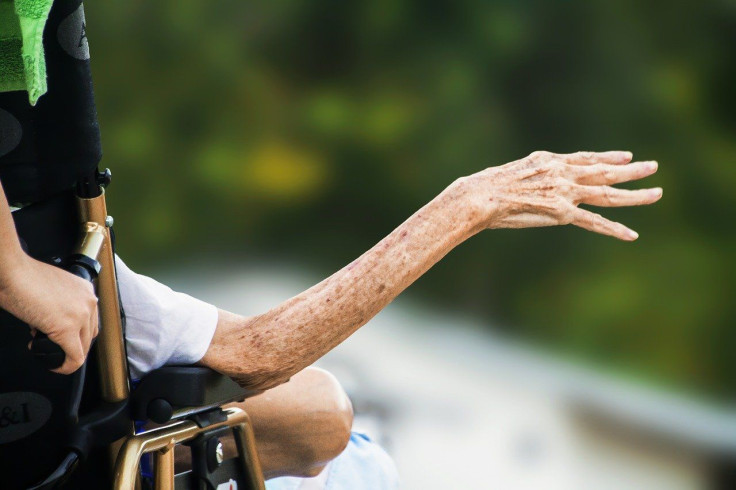Elder Abuse: Over 10% Of Older Adults At Risk Of Mistreatment
KEY POINTS
- Researchers looked at the incidence of elder mistreatment and possible risk factors
- In 10 years, 11.4% of older adults reported being victims of elder abuse
- WHO noted some preventive methods implemented against elder abuse
More than one in 10 adults may experience mistreatment in the next decade, researchers of a new study said.
Elder abuse or elder mistreatment (EM) is the "intentional act or lack of action by a person in a relationship involving an expectation of trust that causes harm or risk of harm to an older adult," the researchers of a study, recently published in JAMA Network Open, said. Elder abuse can lead to physical injuries and long-term psychological consequences, the World Health Organization (WHO) noted, adding the rates of elder abuse have even increased amid the COVID-19 pandemic.
According to the researchers, elder abuse is comprised of five subtypes -- financial abuse (exploitation), physical abuse, sexual abuse, neglect and emotional or psychological abuse. Previous studies have also looked at the prevalence of elder abuse, Cornell University said in a news release. But these were "snapshots" that could not point out "strong conclusions" about the possible causes of the mistreatment.
For their study, the researchers followed older adults for a period of 10 years. In 2019, they followed up with 630 participants of a 2009 survey by the New York State Elder Mistreatment Study. Compared to 2009 when the participants did not report experiencing mistreatment in the five categories, in 2019, 11.5% reported being victims of elder abuse, with financial abuse being the most common type.
None of the participants reported experiencing sexual abuse, but 4.1% reported emotional abuse while 2.3% reported physical abuse and 1% reported neglect.
Further, the researchers also found certain factors associated with abuse such as living alone, poor health and race.
"Poor health status was significantly associated with new cases of overall EM and financial, emotional and psychological, and physical abuse subtypes; Black race and living alone were significantly associated with overall EM and financial abuse specifically," the researchers wrote.
According to the researchers, it's possible that living alone is associated with an increased risk for financial abuse if a "protective spouse or partner" is not around to help manage finances. And as Cornell University noted, Black older adults' higher risk for financial abuse is a "previously unreported racial disparity."
"These findings suggest that health care visits may be important opportunities to detect older adults who are at risk of mistreatment," the researchers wrote. "Race is highlighted as an important social determinant for elder mistreatment requiring urgent attention."
"This study contributes to a growing base of evidence that elder mistreatment is a highly prevalent problem that demands a vigorous public health response," study senior author, Karl Pillemer of Weill Cornell Medicine and Hazel E. Reed Professor in the Department of Human Development in the College of Human Ecology, said as per the Cornell University news release.
"It's a call to action for both the state and the country to think about how to better assist victims," Pillemer added.
The WHO noted some preventive methods that have been implemented against elder abuse, although these were primarily in more high-income countries. These include public and professional awareness campaigns, screening of both possible victims and abusers, caregiver support interventions such as stress management and caregiver training on dementia.
"Globally, too little is known about elder abuse and how to prevent it, particularly in developing countries," the WHO said. "The scope and nature of the problem are only beginning to be delineated."

© Copyright IBTimes 2024. All rights reserved.






















